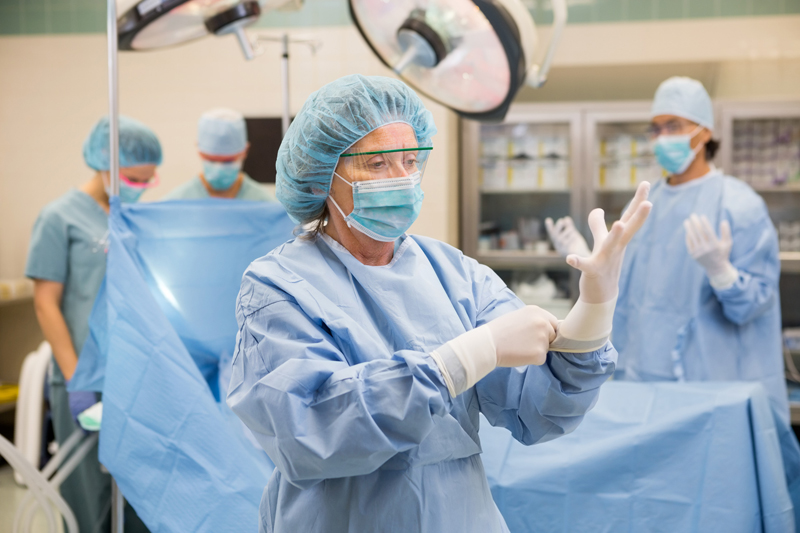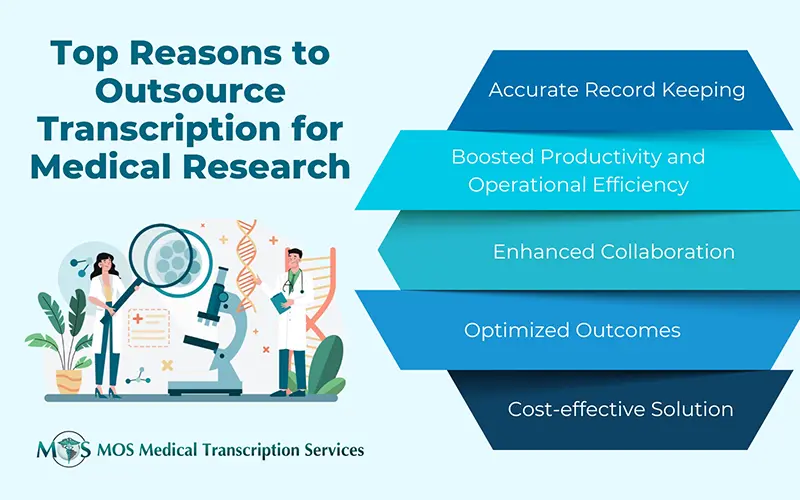
With new payment models, strong clinical documentation improvement (CDI) has become very significant and many surgical specialties outsource medical transcription to improve documentation in surgical operation notes. However, ensuring good documentation is just one of the many challenges that surgeons face on a daily basis. They need to perform procedures carefully and competently, assess and deal with intraoperative challenges, and most important, take measures to ensure patient safety and prevent surgical site infections (SSI).
Infection control and prevention is a major safety issue in hospitals across the United States. Most health care associated infections (HCAI) are surgical site infections. According to a 2019 CDC report, SSI has a mortality rate of 3%, and is the most costly HAI type with nearly 1 million additional inpatient-days annually and an estimated annual cost of $3.3 billion.
A surgical site infection develops in the part of the body on which the operation was performed. Surgical site infections may be caused by endogenous factors such as bacteria on the patient’s skin, or exogenous factors such as staff, the environment, or materials used for surgery.
Factors that increase patients’ risk for SSIs include:
- Diabetes, nicotine use, steroid use, obesity, malnutrition
- Prolonged preoperative stay and perioperative transfusion
- Perioperative antibiotic prophylaxis
- Wrong use of antibiotics prior to surgery
- Not treating infection at remote site prior to surgery
- Shaving the site vs. clipping
- Long duration of surgery
- Improper skin preparation
- Improper surgical team hand preparation
- Ventilation and sterilization problems in the operating room
- Surgical attire and drapes
- Asepsis
- Surgical technique: hemostasis, sterile field, foreign bodies
Best practices for preventing SSIs relate to intravenous and oral antibiotics, using skin prep agents, controlling patients’ glucose levels, and maintaining optimal temperature. Standard SSI prevention measures are listed below:
- Appropriate hand hygiene and operating room attire
- Patient bathing/showering with soap or antiseptic agent prior to surgery
- Choosing the appropriate antiseptic for a specific surgical procedure based on current clinical guidelines, including an alternative agent in case of patient sensitivity, appropriate dose, timing of administration, method of application, and suggestions for its discontinuation
- Measures should be taken for every patient to prevent inadvertent hypothermia
- Implementing a glucose control protocol for all surgical patients – monitor for hyperglycemia pre-operatively, intra-operatively, and post-operatively
- Educate patients and families about appropriate personal hair removal practices
- Identify Patients who carry Staphylococcus aureus (SA) and decolonize preoperatively
- Keep patients warm during and after surgery
A recent article in Outpatient Surgery (XX, No. 9, September 2019) makes several recommendations for preventing SSIs based on measures implemented at the Saint Francis Health System hospital campus and at their surgery center.
According to the article, pretreating instruments at point of use can reduce SSI risk and also make the task of reprocessing techs easier. The report notes that the Joint Commission expects surgical instruments to at least be kept moist until terminal cleaning if the instructions for use (IFUs) of specific instruments recommend this.
Another recommendation is to conduct audits of the decontamination area to check if OR staff is complying with pretreatment protocols. After indentifying the gaps, staff should be educated on the right way of doing things. Pretreatment teams can be set up in the operating room.
All personnel such as surgeons, nurses and other clinical staff should be involved in SSI prevention. Different people in different departments should be encouraged to speak out about problems they perceive from their own perspective. This can help in developing a solution that works for all.
Today, technology is revolutionizing the infection control and prevention process. Recent innovations include: pulsed UV disinfection, air sterilizer for washrooms and other critical areas, maceration for human waste disposal, fogging machine to destroy bacteria and viruses, alcohol-free hand sanitizers, footwear sanitizing station, and disposable gowns.
Researchers are now using electronic health record (EHR) data for automated detection of post-op surgical site infections. Medical transcription companies play a key role in this context by providing surgical practices with complete operative and procedure reports immediately after surgery.


